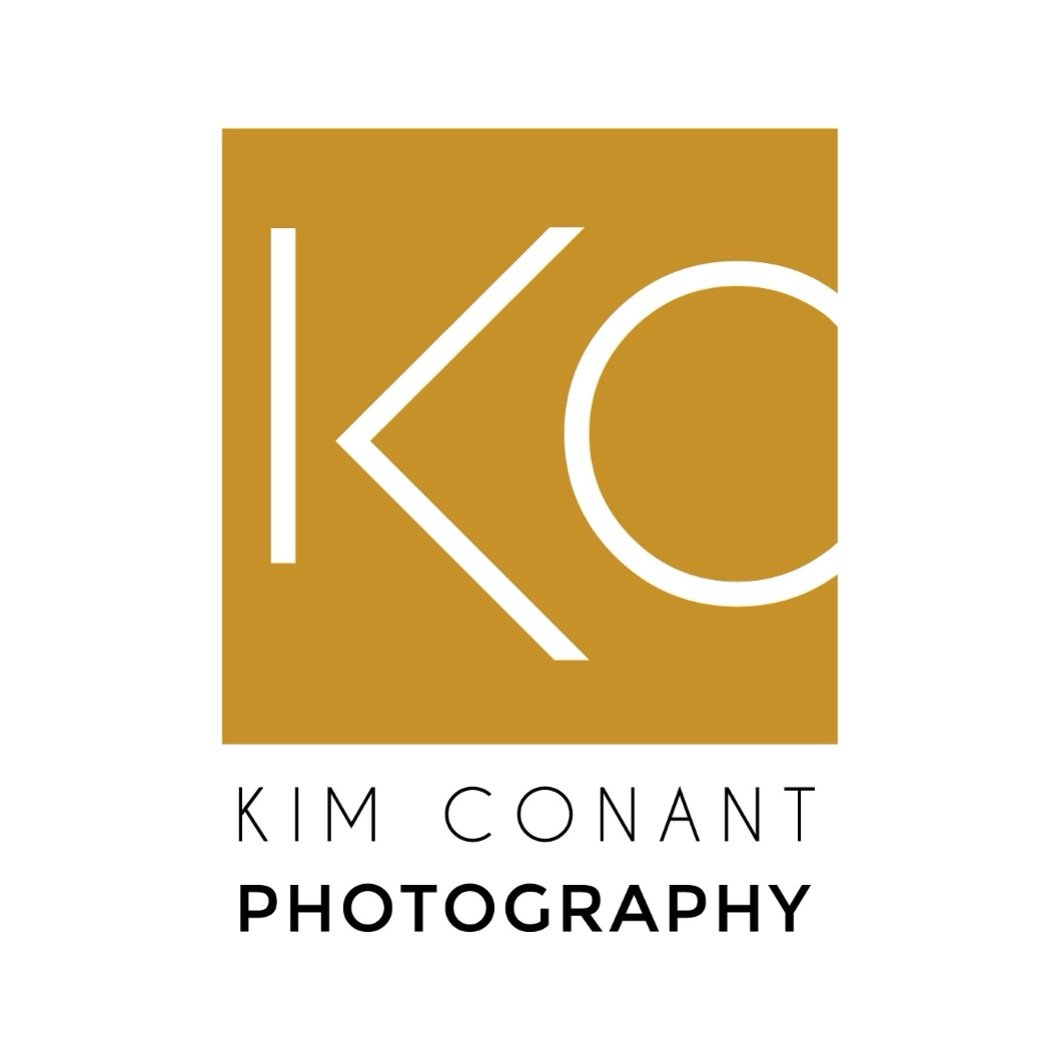8 Steps to Building a Strong Personal Brand
Personal branding has become increasingly important to stand out and create a lasting impression in today's competitive world. It’s the practice of managing and marketing yourself as a brand that involves shaping public perception, establishing credibility, and showcasing your unique qualities and expertise.
This guide will help you understand the key elements of personal branding and provide you with practical steps to build a strong personal brand.
Self-Reflection: Before starting the personal branding journey, take some time for self-reflection. Identify your values, passions, strengths, and the unique qualities that set you apart. Consider what you want to be known for and how you want to make a difference. Self-awareness is essential in defining your personal brand.
Define Your Target Audience: You must understand your target audience to build an effective personal brand. Before you do anything else, you must take the time to identify the people you want to connect with, whether they are potential employers, clients, or industry peers. Tailoring your brand message to resonate with your audience is crucial for building meaningful relationships.
Craft Your Brand Statement: Compose a concise and compelling brand statement that captures your professional identity. This statement should highlight your unique value proposition, the benefits you offer, and the solutions you can provide to your audience. Ensure that your brand statement aligns with your targeted audience and their needs.
Build and Optimize Your Online Presence: In the digital age, having a strong online presence is fundamental to personal branding. Start by developing a professional website or blog that showcases your expertise and achievements. Create profiles on relevant social media platforms where your ideal client spends time, such as LinkedIn, X, or Instagram, to expand your reach. Regularly update and optimize these platforms to present a consistent and cohesive brand image.
Thought Leadership and Content Creation: Establish yourself as a thought leader in your industry by consistently providing valuable insights and expertise. Create and share high-quality content, such as blog articles, videos, podcasts, or webinars, that showcases your knowledge and addresses the pain points of your target audience. Consistency and authenticity are key to building trust and credibility.
Network and Collaborate: *This is key to building awareness - build a strong professional network by actively engaging with industry peers, thought leaders, and potential collaborators. Attend conferences, join relevant online communities, and participate in networking events. Collaboration and partnerships with other professionals can enhance your personal brand, expand your reach, and create valuable opportunities.
Enhance Your Skills and Expertise: Continuous learning and skill development are essential to personal branding. Stay updated with the latest trends and advancements in your industry and invest in relevant training or certifications. Becoming an expert in your field will further enhance your credibility and make you a go-to resource for your audience.
Monitor and Evaluate: Regularly monitor your personal brand's online presence and reputation. Use analytics tools to assess engagement and reach on social media platforms. Seek feedback from your audience and adapt your branding strategy accordingly. Consistency and adaptability are crucial in maintaining a strong personal brand.
Personal branding is a continuous process that requires consistent effort, self-reflection, and adaptation. By building a strong personal brand, you can differentiate yourself, create meaningful connections, and open doors to new opportunities in both professional and personal spheres. Embrace the journey, stay authentic, and your personal brand will develop.

